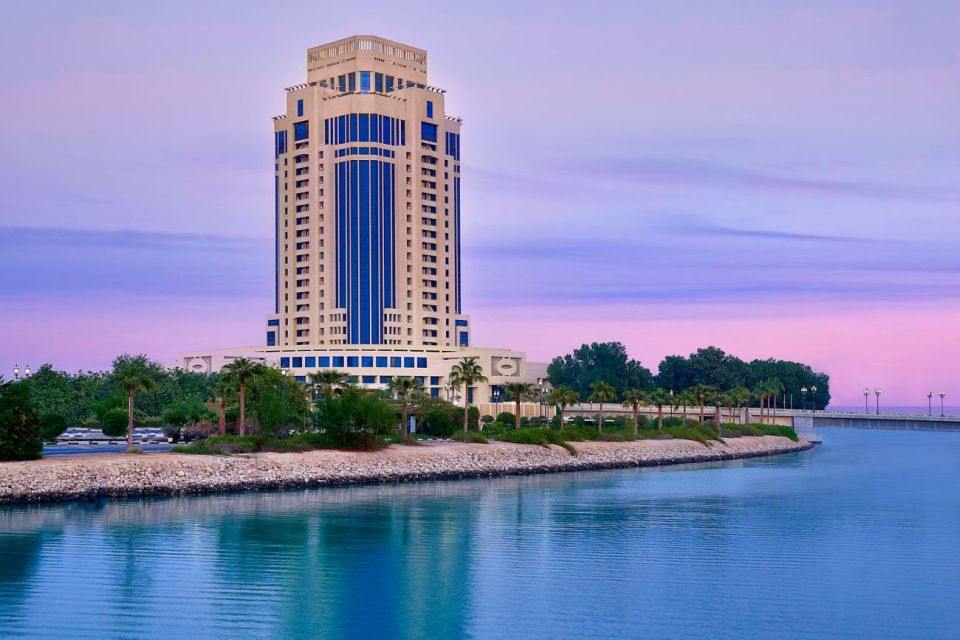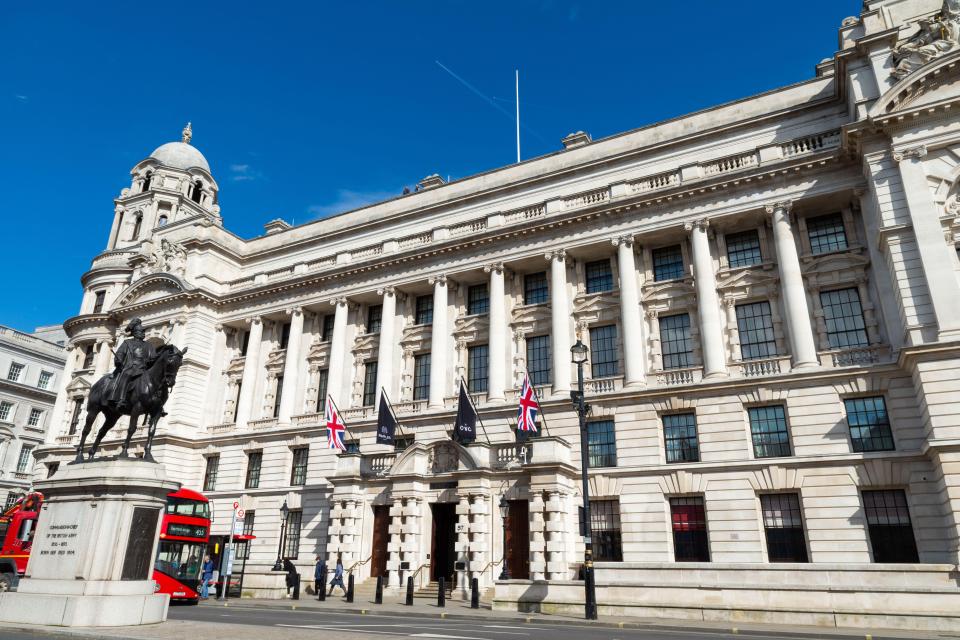Hello and welcome to Working It.
I managed to arrive 30 minutes into a 45 minute internal meeting this week, a) because I failed to check my timings and b) because I was distracted, tired and in a funk about something else. Not a professional look 🤢. Especially in front of the FT’s global HR director.
Consider this your PSA to allow noisy notifications for meetings on your phones. Mine are now ON. Feel free to make me feel better by telling me something even more careless that you’ve done recently 🙁.
Read on for the benefits of being more proactive about hiring (and promoting) people from minority ethnic backgrounds, and in Office Therapy I offer some ideas to a mentor who needs to dodge a tricky conversation.
Always here for your emails: isabel.berwick@ft.com.
Next week I’ll be in San Francisco filming videos (I know, tough.) I’ll keep an eye out for exciting West Coast work trends. My colleague Bethan Staton will be writing this newsletter.
Look harder: how to widen your talent pool 🌊
One of the “hot topics” that we tackle here — and coming soon in our new Working It video series — is how to plug the talent gap. Employers are struggling to find people with the skills to match their job vacancies. AI often doesn’t help — too many people apply for every job, or the systems screen out good candidates.
But there are large groups of (sometimes over-) qualified people out there, who are too often overlooked for jobs, or who don’t apply in the first place. The potential of the over 50s is already getting attention. Another big cohort caught my attention this week. A report from McKinsey shows that better integrating minority ethnic populations into European workforces “could contribute up to €120bn annually to the region’s GDP by tackling labour shortages and unlocking untapped talent”. That’s a lot of money — and a lot of jobs.
The context for the report is that job vacancies in the EU are up by approximately 70 per cent since 2020, with shortages especially acute in sectors such as software development, healthcare and construction 🏢.
McKinsey finds that overall, people from groups it frames as “ethnocultural minorities” make up between 5 and 18 per cent of the population in western European countries, with an average of 10 per cent. Population patterns reflect European history: in France and Belgium the biggest minority groups are people of Middle Eastern and North African heritage, in Spain they are from Latin America and the Caribbean.
Tania Holt, a McKinsey senior partner and one of the report’s authors, told me that she had initially been looking at the tight labour market overall, trying to identify where there was untapped potential. “The one group that really stood out was this group of ethnocultural minorities, and when we were looking at them across various attainment levels, all of them had a lower employment rate compared to the rest of the population.” With little official pan-European data available, McKinsey put together its own report.
We know what gets more people from minority backgrounds into jobs at all levels: inclusive hiring and retention policies. But when Tania and her colleagues interviewed leaders at big European companies, they found that only 28 per cent of them had a clear strategy that focused on ethnocultural minority workers. She told me that “if you were to compare that with gender, for example, I would be assuming that 100 per cent of them would have a very clear strategy for ‘what we are doing to include women’”.
There are structural barriers to European hiring managers finding out more about internal or external potential recruits. GDPR laws and restrictions on gathering information about people’s ethnic backgrounds — especially strict in France — can make this data-gathering hard for employers. (Tania told me that the European Commission recognises the issues and is thinking about how it could help.)
These problems are not insurmountable. All recruiters, could, Tania said, expand their inclusive hiring and pipeline efforts beyond just women, to “take an intersectional approach to DEI programming. I am focusing here on cultural minorities but for disabled people, it’s the same and perhaps even worse, frankly.” For not much extra outlay, many companies could move far beyond measuring the aims and outcomes of simple gender diversity measures.
I found myself nodding in vigorous agreement with Tania. The intersectional part of this plan is important: plenty of people are female and from a minority and lower socio-economic background, or are women with a visible or invisible disability. I could go on. But the (now well-established) pipelines for women’s advancement need to be widened.
DEI — or at least its reputation — is going through a rough patch. It’s a positive step forward to focus on filling the talent gap with well-qualified hires from the widest possible range of backgrounds. Surely that’s a winning scenario for under-pressure leaders, managers and colleagues?
I’d love to hear ideas to help hiring managers find talented people: isabel.berwick@ft.com.
This week on the Working It podcast
Amazon’s “back to office” mandate for staff, asking them to be at their desks five days a week from January, has revived the hybrid/flexible vs RTO debate. (Just when we thought it was, finally, quietening down 🥲.) So in this week’s episode I talk to the FT’s Emma Jacobs, who wrote a very popular column about how the “boring” office became the centre of a culture war, and to Kevin Delaney, editor in chief of Charter, a media and future of work research firm.
Office Therapy
The problem: My mentee is very ambitious. We are in different departments of the same company, so I am not in charge of their career progression. A year into their employment, and they have a list of one year/five year goals and ask me why they haven’t had a promotion yet.
The answer to that question is: “Because you haven’t got the experience or skills to get a promotion yet”. I skirt round this — but haven’t said it directly. If I am too honest it will crush their spirit. Is patience a thing of the past? What else can I constructively do for them?
Isabel’s advice: Well, yes, patience is a bit outdated, especially among younger workers. There are upsides to this shift. Boomer/Gen X readers: remember the years of fruitless toil while we waited “our turn” for promotion 😰? Nobody misses that world.
I get asked variations on this mentor/mentee question a lot. The digital/age/cultural divide seems especially wide at the moment. My advice is to get online and see what workplace content your mentee is probably being fed. TikTok and Instagram show a lot of shiny-haired people in control of their own productive and wellbeing-filled lives. They are telling managers that no, they won’t pick up that extra task at 5.31pm. In short, they slay. You’ll also laugh/wince in recognition 🙄. (My Gen Z children are fond of sending me “clueless mom” TikToks, can’t think why.)
It’s not your job to facilitate internal career progression. That’s for a line manager. You are the big picture person. The inspiration, even*. What can you do, as a mentor, to open doors for your mentee — and other young colleagues? Networking opportunities? Training? Connecting your mentee for a coffee with someone who does their dream job? Reframe their ambition around your ability to help them realise it, and take it from there.
*We often underestimate our impact when we are generous with our time, experience and contacts.
Got a workplace problem for Office Therapy? Send to isabel.berwick@ft.com. We anonymise everything.
🚨 Office Therapy will be alternating here with the extremely popular “Dear Jonathan” careers advice column by Jonathan Black. Send your career dilemmas to dear.jonathan@ft.com.
Five top stories from the world of work
-
Starting out in work: here’s what you need to know. I really enjoyed this round up of views and tips from graduate trainees and apprentices in a variety of sectors. Lots of enthusiasm and advice: a great article to share with the young people in your life (and workplace).
-
The trust deficit that leads to workplace dysfunction. Andrew Hill offers an unusual and fresh take on workplace dynamics through the lens of a new novel set in a warehouse, Help Wanted by Adelle Waldman.
-
What Rick Astley can teach us about giving up: Emma Jacobs interviews the 80s star, who walked away at the height of his fame but has recently found a second act. Lots of great advice here — and a refreshing amount of honesty and perspective.
-
Labour’s lofty education goals need outside innovators: Miranda Green reports on new projects to help families access better education, mental health and employment opportunities. These include a new-build quarter in London called EdCity, with affordable housing, a school and a youth club, built by Ark, the academy schools chain.
-
The trends shaping graduate recruitment: It’s a tough job market out there, and Andrew Jack outlines why that is. One of the key points is that many recruiters are looking at internships and work experience above academic achievements.
One more thing . . .
This week’s recommendation comes via a Substack recommendations newsletter (I realise this is a bit meta): Links I Would GChat You If We Were Friends by Caitlin Dewey. In ‘The Department of Everything’, from The Hedgehog Review, Stephen Akey recalls working at the telephone reference division of the Brooklyn Public Library between 1984 and 1988. The team answered thousands of questions, with the help of a library’s worth of reference books they’d been trained to use. Some of the timeless advice from the department’s memorable boss, Milo: “Don’t take anything for granted; don’t trust your memory; look for the context; put two and three and four sources together, if necessary.”
Read this charming essay, then send it to anyone who asks: “How did people find things out before Google?” 👀
A word from the Working It community
In last week’s newsletter about non-executive directors (Neds) I asked for readers’ tips for organisations that help and support people who’d like to move into these roles, plus any relevant experiences they’d like to share.
Lots of people had thoughts, notably a reader who reminded me that my column erred on the optimistic side: “What your piece on Neds doesn’t say — but this is reality as I have the scars — is that obtaining a Ned role is hugely competitive! It is as cut throat as going for an executive role.” Fair enough. (Maybe I should try it myself and see how the rejection feels 🙈.)
Other good leads to note: readers like Nurole, which is a specialist search firm for non-execs, with lots of support and webinars to help people thinking of taking this step. And there’s a new report from executive search firm Norman Broadbent with up to date stats and survey insights from actual Neds.
Good luck, everyone 🍀.















































































































































You must be logged in to post a comment Login